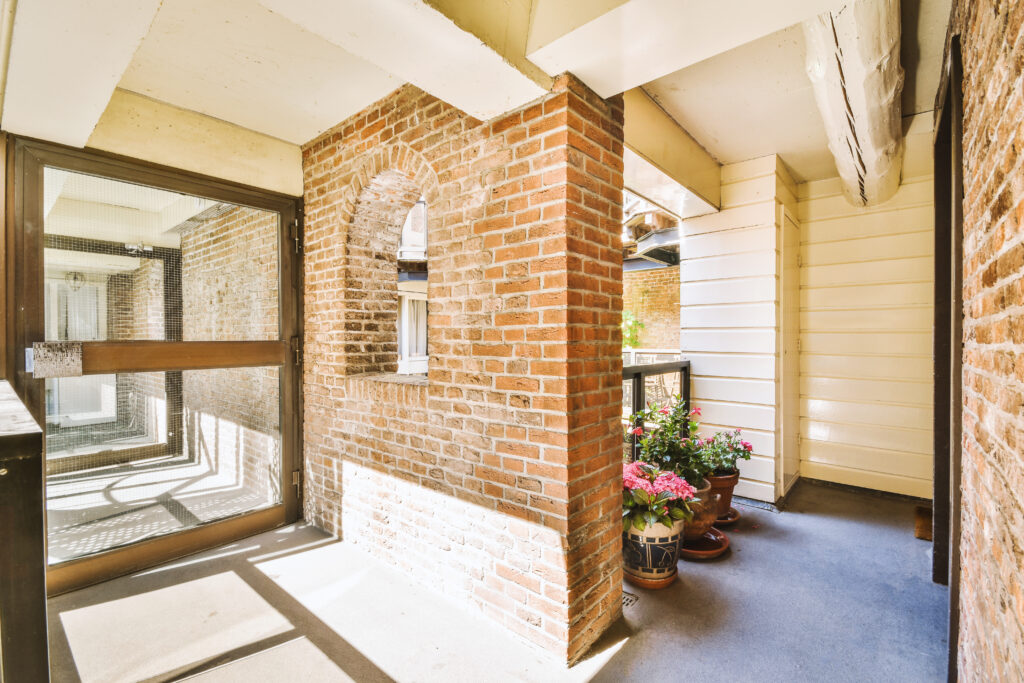Understanding Average Annual Return (AAR) in Multifamily Investing
Investing in multifamily properties, such as apartment buildings, duplexes, or any residential real estate that houses multiple families, is a popular way to generate income and build wealth. However, navigating the complexities of real estate investment requires a solid understanding of the various metrics used to evaluate the potential success of an investment. One of the key metrics is the Average Annual Return (AAR). This blog post aims to demystify AAR for those new to investing, explore the factors affecting AAR in multifamily investing, and compare AAR with other important investment metrics such as Internal Rate of Return (IRR) and Cash on Cash Return (COC).

What is Average Annual Return (AAR)?
At its core, the Average Annual Return (AAR) is a metric used to calculate the average return generated by an investment over a specified period, typically expressed as a percentage. For someone not savvy in investing, think of AAR as the average amount of money your investment earns each year over the course of its life. If you invest in a multifamily property, the AAR helps you understand how much profit you’re making on average each year, taking into account the ups and downs of the market and the property’s performance.
Calculating AAR
The formula for AAR is relatively straightforward. It involves summing up the annual returns over the investment period and then dividing by the number of years in that period. This gives you a smoothed-out figure that represents the average yearly return, helping investors make apples-to-apples comparisons between different investment opportunities.
Factors Affecting AAR in Multifamily Investing
Several key factors can influence the AAR of a multifamily investment, including:
- Rental Income: The amount of rent collected from tenants is the primary source of income for multifamily properties. Higher occupancy rates and the ability to increase rents over time can significantly boost AAR.
- Operating Expenses: These include maintenance, management fees, taxes, and insurance. Efficient management can reduce these costs, thereby improving AAR.
- Financing Costs: The terms of the mortgage used to purchase the property affect the AAR. Lower interest rates and favorable loan terms can increase AAR.
- Property Value Appreciation: Over time, the value of real estate typically increases. This appreciation can significantly enhance the AAR when the property is sold.
- Economic and Market Conditions: The broader economic environment, including interest rates, inflation, and the local real estate market’s health, can impact rental demand and property values, thus affecting AAR.
Importance of AAR in Multifamily Investing
AAR is a crucial metric for several reasons:
- Simplification: It simplifies complex investment returns into a single, understandable figure, making it easier for investors to evaluate and compare potential investments.
- Performance Measurement: AAR provides a snapshot of how an investment has performed over time, allowing investors to assess whether it meets their financial goals.
- Decision Making: By understanding the average returns, investors can make informed decisions about buying, holding, or selling multifamily properties.


AAR vs. IRR vs. COC
While AAR offers a simplified average return, it’s important to understand how it differs from other investment metrics:
- Internal Rate of Return (IRR): IRR is a more complex calculation that considers the time value of money, providing a more accurate picture of an investment’s profitability. IRR accounts for the timing of cash flows, making it a preferred metric for comparing investments with differing cash flow patterns.
- Cash on Cash Return (COC): COC measures the cash income earned on the cash invested in a property, focusing solely on the current year’s performance rather than the average over time. It’s a useful metric for assessing the immediate income-generating capability of a property.
Additional Considerations
When evaluating multifamily investments, it’s also crucial to consider factors such as location, property condition, market rental rates, and potential for rent increases. Additionally, understanding the local regulatory environment, including tenant rights and rent control laws, can help investors anticipate potential challenges.
Conclusion
Average Annual Return (AAR) is a foundational metric in multifamily investing, offering a straightforward way to gauge an investment’s performance over time. However, successful real estate investing requires a holistic approach, considering AAR alongside other metrics like IRR and COC, and factoring in the multitude of variables that can influence an investment’s success. By thoroughly analyzing these aspects, investors can make informed decisions, maximize their returns, and achieve their financial goals in the dynamic world of multifamily real estate.







